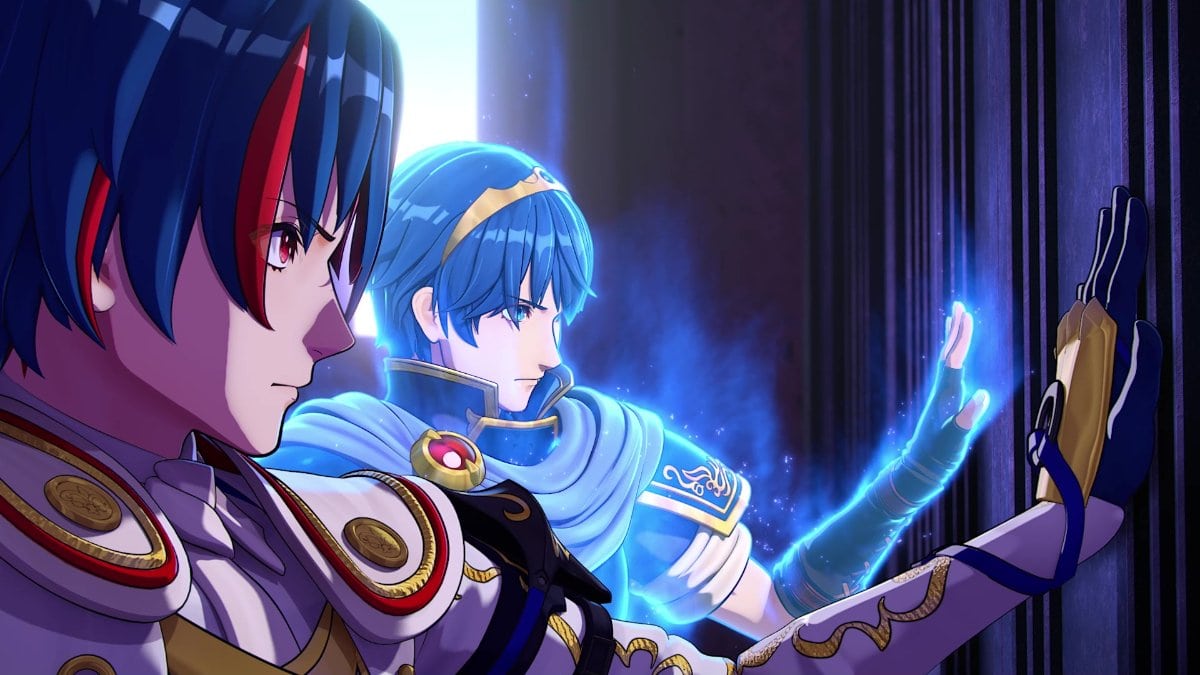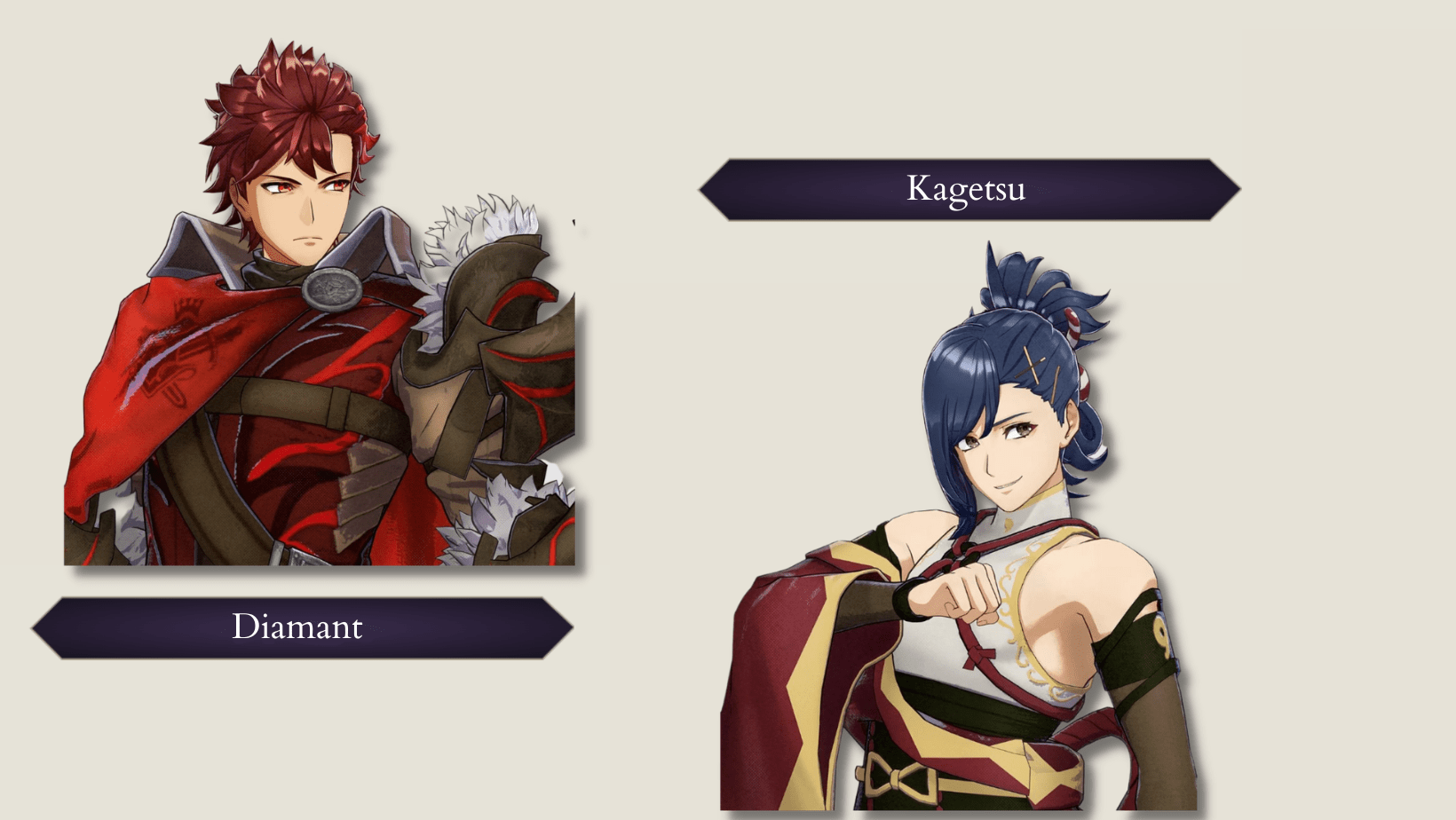
Fire Emblem Engage needed paired endings
Fire Emblem: Engage may be a hit or a miss depending on what you’re going into the game looking for, but if there’s one thing that I feel we can all agree on is this: the lack of paired endings was a misfire from Intelligent Systems.
For those of us who aren’t sure what these endings are, let me explain. Paired endings in Fire Emblem are the endings for characters who achieve a support rank of A at the end of the game. Some paired endings were romantic, others not so much. For example, in Fire Emblem: Three Houses there are several romantic endings depending on who you match up with who, such as Dimitri and Marianne, Dorothea and Petra, etc. While not highly important in the grand scheme of things, paired endings were a great way to allow players to imagine what came next for the characters they’ve spent hours upon hours playing as.
Fire Emblem: Engage does not have paired endings, or at least, not in the way that has been established in previous Fire Emblem games. Not only do I think this is a shame – I like romance and friendship, sue me! – but the lack of these endings, ultimately, makes the connections between these characters feel paper-thin, even in spite of the strong relationships the supports have gone out of their way to establish. A lot of these characters have unique connections to one another: why not celebrate that?
To add more fuel to the fire on why paired endings should have been included in Fire Emblem: Engage, I’ve got one thing to say: grinding supports. Players of Engage will be the first to tell you that, before Wave 2 came with a free update to add recreational activities around the Somniel, your main base of operations, trying to build support with your fellow companions was as fun as watching paint dry. Sure you could do it the old fashioned way, making sure you look at your favourite allies supports in the reference book, just to see who they would gel well with in combat, but let’s be honest, who has the time to do that? There’s over 37 characters, and all of them have got something unique to say, but not all of them have the growth stats necessary to survive in battle. So, what do you do? You have to try and get them to communicate, even if you don’t always take them into battle. This makes getting supports such a chore that by the time you hit Chapter 23 – which is where you, essentially, get all the playable characters in-game – you just want to continue to the end rather than mess around for another 20 hours. However, if there had been paired endings… Perhaps I could have been persuaded.
What makes the lack of them so frustrating is that there is plenty of room to establish more about these characters and the world that they inhabit. For example, Yunaka and Citrinne’s supports end with them establishing a charity for orphans in the country of Brodia together, but by the time the end credits roll around, you find out that instead Yunaka has disappeared off the map and neither her nor Citrinne’s goal is ever mentioned again. Considering how long I worked to get those supports and enjoyed the relationship between these two women, to have it not matter feels like a slap in the face.

The only endings that seem to matter is with Alear, the protagonist, as their love can seemingly change the fate of characters such as Alfred and Mauvier. And while I do love a good player character romance, I’ve grown up and want to see how the characters interact with one another in this world. Engage isn’t known for its strong writing sure, and I’m not asking for sweeping romantic gestures, but I am surprised at how Intelligent Systems has underestimated its player’s desire to know more about the characters they’ve created. Some play the game for its engaging combat sure, but others play because the chess pieces are hot and have cool backstories. Sometimes? Both.
Of course, paired endings also serve as a way to convey romantic intent and sexuality – which is almost never a bad thing. Three Houses may have not been as kind to players with its lacking same-sex options for men, but it did not shy away from establishing queer characters that were LGBTQ+, but just weren’t that into you, such as Petra, Shamir, and Catherine. Engage is the opposite of this, taking on a much more inclusive approach to sexuality, with all characters being bisexual and into Alear. While playersexuality is a bit like Marmite to some – you either love it, or absolutely want to kick the sh*t out of it outside your local Nandos – it does allow player choice at the cost of not actually establishing character’s sexualities. You win some, you lose some.
Regardless of how you feel about romance or friendship in Fire Emblem: Engage, the lack of paired endings in this newest game will always strike me as a missed opportunity – not just for the game’s community, but for the depth of the world of Elyos and the characters that inhabit it.





